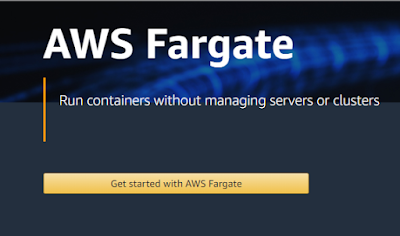Amazon Web Service has now announced that Amazon Internet Service Private Limited now gains full empanelment for the Provider of the Cloud Services by India’s Ministry of the Electronics and Information Technology. AISPL initiates the marketing and resale of the Amazon Web Service Cloud services in India that has now accomplished Complete Cloud Service Provider empanelment. It has now succeeded the Standardization Testing and Quality Certification audit from the Indian Ministry of the Electronics and Information Technology for the Cloud Services provided by the Amazon Web Service Asia Pacific (Mumbai) Region.
Amazon Internet Services Private Limited now accompanies a list of approved providers that will meet predetermined government standards of security, availability, and quality. Amazon Web Service has now achieved 52 global security certifications, quality audits, attestations and assurance program that are already achieved such as SOC1, SOC2, SOC3, ISO 9001, much more and aws is also the first global cloud service that has completed all the audits and earned the status in India.
Many Government Organizations and nationalized banks in India has now accepted AWS cloud service and gained agility and speed innovation with the Amazon Web Service and Highly secure pay as you go cloud services.
The enlisting process consists compliance with the new Global security standards and guideline ISO 27017 and ISO 27018. You can visit the compliance webpage to get more information about the various compliance certifications and security that the Amazon Web Services has accomplished.
The Government organization can now benefit from the best in class technology from the Amazon Web Service Cloud to transform and provide high innovative citizen-centric services at a very reasonable cheap cost via a program such as the Smart Cities, Skill India, and Digital India. Amazon Web Service provides fully featured services for databases, machine learning, compute, networking, artificial intelligence, compute storage, IoT and much more from 46 availability zones on 17 geographic regions.
Peter Moore, Regional Managing Director at Amazon Web Service, Public Sector in the Asia Pacific based at AWS Singapore Office, said that they are delighted that AWS is now at full empanelment by Indian Ministry of Electronics and Information Technology. Indian Government is positively trying to promote E-Governance for encouraging citizens and empowering digital access and cloud- services for the agencies and public sector organizations. He also added that they are looking forward to furthering their engagement with Local, State and Central Government and public sector organization in India so that they can deliver them the wide number suite of the Cloud Services and innovative approach to speed up the deployment of the Digital services in the country.
When Amazon Web Service launched in the Asia Pacific (Mumbai) Region in June 2016 since then AWS India has 120,000 active customers including Shoppers Stop, Tata Motors, Future Group, NDTV, Future Group and Lupin. Such companies are receiving various services such as the E-governance applications, E-commerce platforms, Web Hosting, mobile applications, big data analytics and business applications such Oracle, Microsoft and SAP and many other. Amazon Web Service in India is growing rapidly and has become the norm in the technology center that is replacing traditional data centers into virtual data center which is Cloud Computing.






















.png)